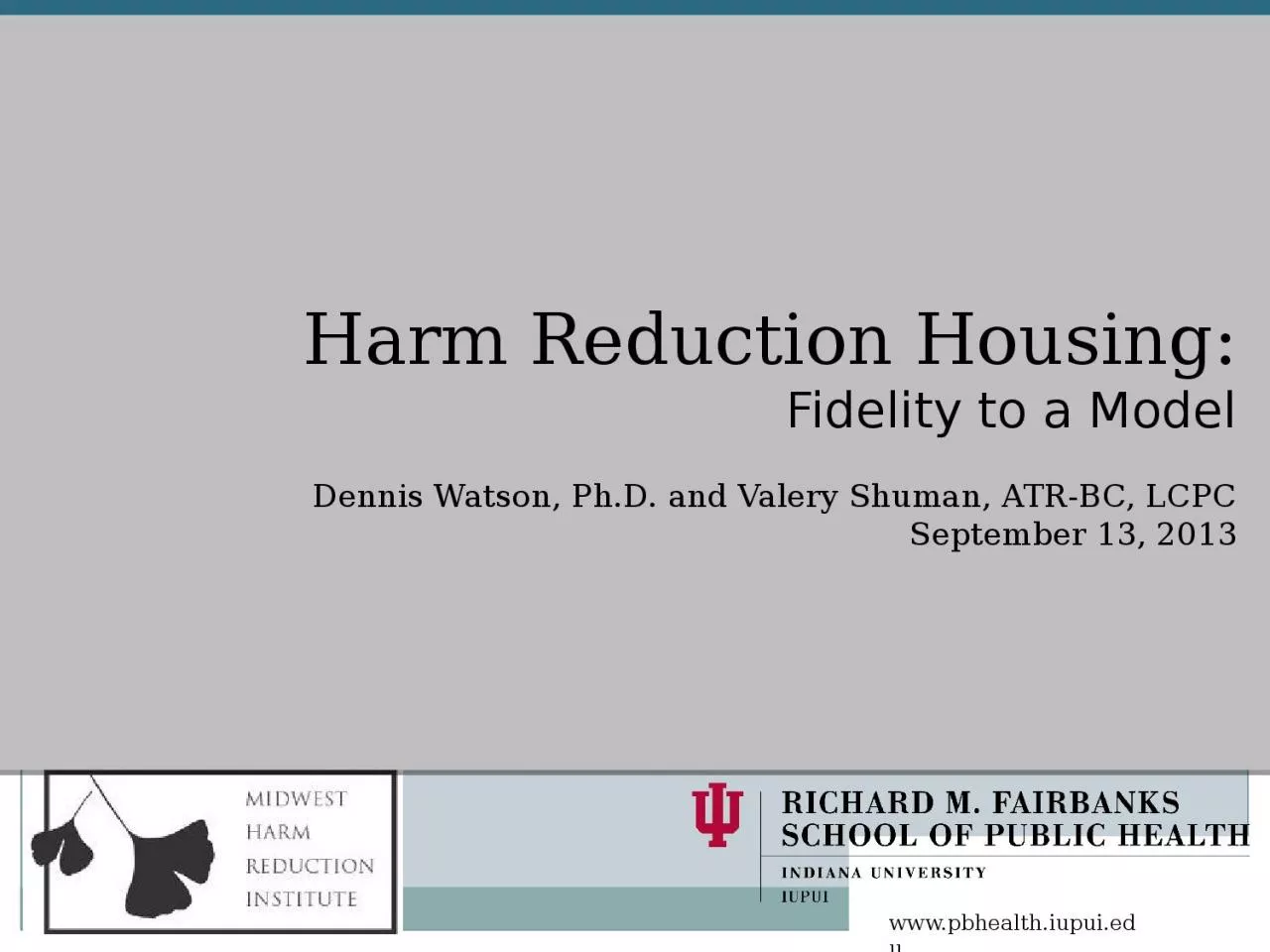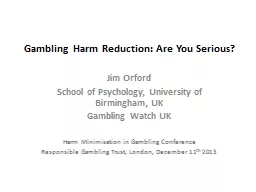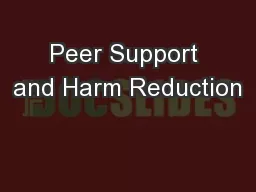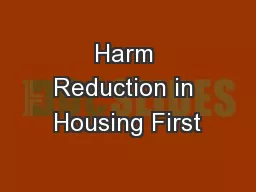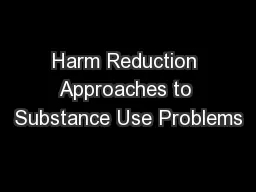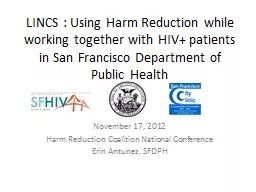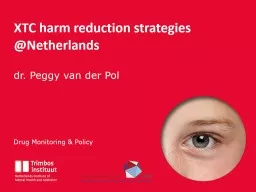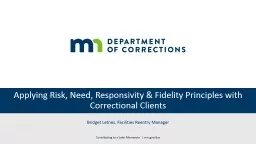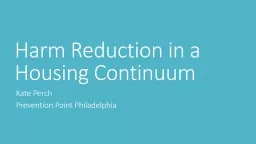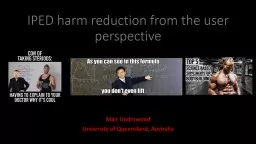PPT-Harm Reduction Housing: Fidelity to a Model
Author : carny | Published Date : 2024-03-13
Dennis Watson PhD and Valery Shuman ATRBC LCPC September 13 2013 wwwpbhealthiupuiedu Dennis P Watson PhD Assistant Professor Indiana University Richard M Fairbanks
Presentation Embed Code
Download Presentation
Download Presentation The PPT/PDF document "Harm Reduction Housing: Fidelity to a Mo..." is the property of its rightful owner. Permission is granted to download and print the materials on this website for personal, non-commercial use only, and to display it on your personal computer provided you do not modify the materials and that you retain all copyright notices contained in the materials. By downloading content from our website, you accept the terms of this agreement.
Harm Reduction Housing: Fidelity to a Model: Transcript
Download Rules Of Document
"Harm Reduction Housing: Fidelity to a Model"The content belongs to its owner. You may download and print it for personal use, without modification, and keep all copyright notices. By downloading, you agree to these terms.
Related Documents

